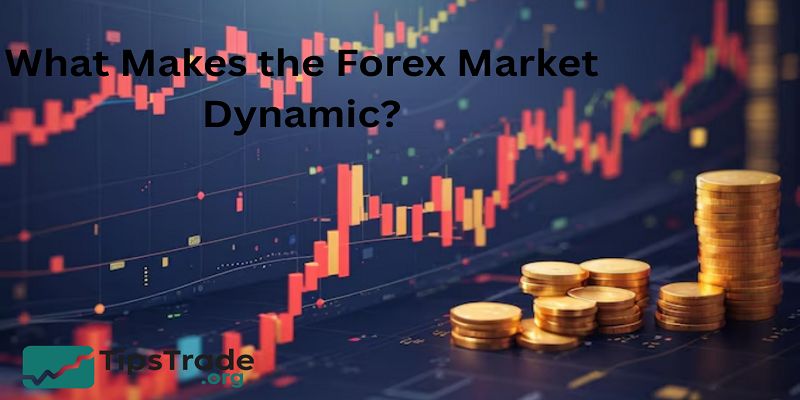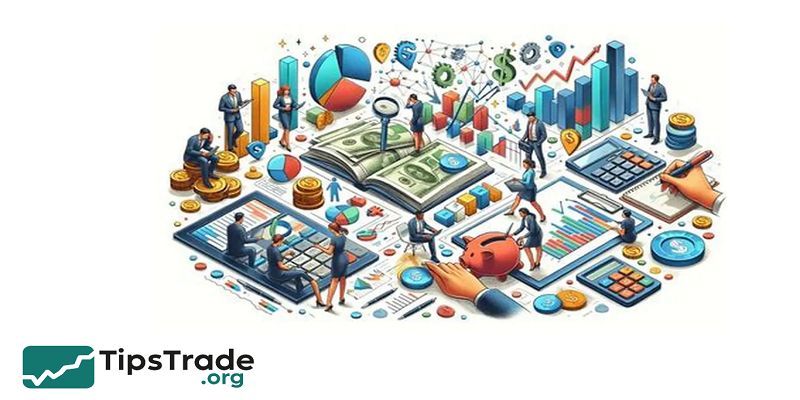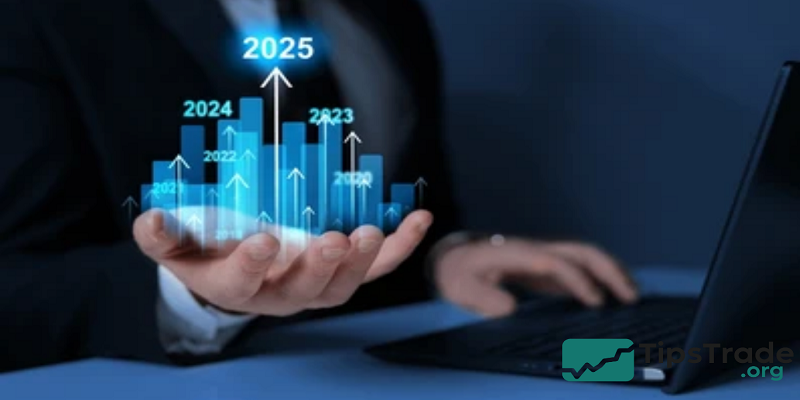Dynamic forex market is the largest and most liquid financial market in the world, with a daily trading volume exceeding $7.5 trillion according to the Bank for International Settlements. Unlike stock exchanges that open and close at fixed hours, forex operates 24/5, making it a unique space where currencies are constantly being bought and sold. In this article, we will explore the factors that make the forex market so dynamic, analyze emerging trends, identify opportunities and risks, and provide actionable strategies for navigating currency volatility. Whether you are a beginner or an experienced trader, understanding the dynamic nature of forex is essential to building resilience and success in your trading journey.
What Makes the Forex Market Dynamic?

The forex market earns its reputation for being dynamic due to constant fluctuations in currency values and the sheer number of participants. Exchange rates can change within seconds, driven by multiple interrelated factors.
- Global participation: From individual traders to multinational corporations and central banks, the forex market connects diverse participants.
- High liquidity: With trillions traded daily, forex provides unmatched liquidity, allowing fast execution of trades.
- Round-the-clock trading: The market operates continuously across sessions (Asian, European, American), creating unique opportunities depending on time zones.
- Economic drivers: GDP reports, interest rates, inflation, and unemployment figures directly impact currency values.
For instance, when the U.S. Federal Reserve raises interest rates, the U.S. dollar often strengthens as investors seek higher yields.
>>Read more:
- What is Forex? The Complete Guide for Beginners
- Important Economic Indexes Every Trader Needs To Know
- The Impact of Central Bank vs Forex – Understand to Invest Effectively
- News Trading Forex Strategies for Beginners
Key Participants in the Dynamic Forex Market

Central Banks and Governments
- Central banks such as the Federal Reserve (Fed), European Central Bank (ECB), and Bank of Japan (BOJ) play a crucial role by setting monetary policies.
- Decisions about interest rates, quantitative easing, or currency interventions influence exchange rates significantly.
Commercial Banks and Financial Institutions
- Large financial institutions facilitate forex transactions for businesses and investors.
- They act as intermediaries and market makers, ensuring liquidity and stability.
Hedge Funds and Institutional Investors
- Hedge funds and investment firms often engage in speculative forex trading, leveraging advanced strategies and algorithms to profit from volatility.
Retail Traders
- With the rise of online trading platforms and apps, millions of retail traders now participate in the forex market.
- They typically engage in short-term trading strategies such as scalping, day trading, or swing trading.
Example: During Brexit negotiations, both hedge funds and retail traders took advantage of the pound’s volatility, reflecting how diverse participants react differently to geopolitical events.
The Role of Technology in the Dynamic Forex Market
Technology has transformed forex trading over the past two decades. Automation, artificial intelligence, and mobile platforms have made forex more accessible than ever.
- Algorithmic trading: Sophisticated algorithms can execute thousands of trades within milliseconds, capitalizing on micro-movements in prices.
- Trading platforms: MetaTrader 4/5, cTrader, and web-based platforms allow traders to analyze markets with advanced tools.
- Mobile accessibility: Forex apps have enabled trading on the go, giving traders flexibility.
- AI and big data: Predictive analytics and machine learning models help forecast market trends with greater accuracy.
These technological innovations ensure that the forex market continues to evolve dynamically, attracting both institutional and retail investors worldwide.
Major Factors Driving Forex Market Dynamics

Economic Indicators
- Reports such as Non-Farm Payrolls (NFP) in the U.S. or Eurozone GDP growth can significantly impact currencies.
- Traders closely monitor these releases for short-term opportunities.
Geopolitical Events
- Wars, trade disputes, elections, and international sanctions cause sudden volatility.
- For example, the Russia-Ukraine conflict reshaped forex flows, pushing investors toward safe-haven currencies like the U.S. dollar and Swiss franc.
Central Bank Policies
- Interest rate changes remain one of the strongest forex drivers.
- A higher interest rate typically strengthens a currency, as investors seek better returns.
Market Sentiment
- Investor psychology, risk appetite, and herd behavior influence price trends.
- In uncertain times, safe-haven currencies like the Japanese yen gain strength.
Forex Market Sessions and Their Dynamics
The forex market is structured into four main trading sessions:
- Sydney Session (10 PM – 7 AM GMT) – Lower volatility, often sets the tone for the day.
- Tokyo Session (12 AM – 9 AM GMT) – Focused on Asian currencies like JPY and AUD.
- London Session (8 AM – 5 PM GMT) – High liquidity and major price movements.
- New York Session (1 PM – 10 PM GMT) – Overlaps with London session, producing peak volatility.
Understanding these sessions helps traders plan strategies. For instance, day traders prefer the London-New York overlap for its high volatility, while swing traders may focus on calmer Asian sessions.
Opportunities in the Dynamic Forex Market

The forex market offers diverse opportunities for traders and investors:
- Hedging currency risk: Companies engaged in international trade use forex to protect profits from currency fluctuations.
- Speculative trading: Retail traders capitalize on short-term price swings.
- Arbitrage opportunities: Traders exploit price differences across brokers or exchanges.
- Carry trade strategy: Investors borrow in low-interest currencies (like JPY) to invest in high-yielding currencies (like AUD).
Example: In 2022, the USD/JPY pair provided excellent carry trade opportunities due to the interest rate differential between the Fed and BOJ.
Risks in the Dynamic Forex Market
While opportunities abound, the forex market carries risks:
- High leverage: Amplifies both profits and losses.
- Volatility: Sudden market swings can wipe out positions.
- Market manipulation: Although rare, certain events like flash crashes can affect prices.
- Psychological pressure: Emotional decision-making often leads to losses.
Risk Management Tips:
- Use stop-loss and take-profit orders.
- Avoid overleveraging.
- Diversify across currency pairs.
- Stay updated with news and economic calendars.
Forex Trading Strategies for Dynamic Markets
Technical Analysis Strategies
- Trend Following: Using moving averages to ride long-term trends.
- Breakout Trading: Entering positions when price breaks resistance or support levels.
- Scalping: Executing multiple trades daily to profit from small movements.
Fundamental Analysis Strategies
- Interest Rate Play: Trading based on central bank announcements.
- News Trading: Capitalizing on economic data releases.
- Long-Term Investing: Holding positions based on macroeconomic outlooks.
Hybrid Strategies
- Combining technical indicators with fundamental analysis often provides the most reliable results in dynamic conditions.
Case Study: How the COVID-19 Pandemic Reshaped the Forex Market
- The COVID-19 crisis highlighted the forex market’s dynamic nature. In early 2020, investors flocked to the U.S. dollar as a safe haven, causing it to surge against most currencies.
- Meanwhile, emerging market currencies depreciated significantly due to economic uncertainty.
However, as central banks introduced stimulus packages and lowered interest rates, new opportunities arose.
The euro and commodity-linked currencies like the AUD and CAD later gained momentum as global recovery began.
This demonstrates how sudden shocks reshape forex dynamics and create both risks and opportunities.
Future Trends in the Dynamic Forex Market

Digital Currencies (CBDCs): Central Bank Digital Currencies (CBDCs) are digital versions of fiat currencies issued and regulated by central banks. By 2025-2027, major economies like China, the EU, and the US plan to introduce CBDCs.
-
The adoption of CBDCs is expected to influence Forex trading by creating new digital currency pairs and shifting demand among major currencies, potentially increasing the demand and value of digital yuan and the digital euro.
-
CBDCs could enable faster, more secure, and programmable settlements, which may partly disintermediate traditional Forex intermediaries and brokers.
-
The digitalization of currencies could also lead to new trading instruments and opportunities, though it might reduce arbitrage due to uniform digital currency pricing across platforms.
Blockchain Technology:
- Blockchain enhances transparency, security, and traceability of Forex transactions.
- As blockchain adoption grows, this technology will likely improve the efficiency of cross-border payments, reduce fraud, and enforce smart contracts that automate settlements, thus transforming Forex trading infrastructure.
AI-Driven Trading:
- Artificial intelligence and machine learning are increasingly used for market analysis, prediction, and trade execution.
- AI-driven algorithms can process large volumes of data swiftly to detect patterns and make real-time decisions, improving trading accuracy and speed, which is crucial in the highly dynamic Forex market.
ESG Factors:
- Environmental, Social, and Governance (ESG) considerations are becoming more integrated into economic policies.
- Currencies of countries with strong sustainability policies may see shifts in value based on investor preferences and economic policies aligned with ESG principles.
- This trend may add an additional layer of analysis for Forex traders when evaluating currency strength.
Conclusion
Dynamic Forex Market always presents both opportunities and challenges that require traders to stay vigilant and adaptable in every moment. Dynamic Forex Market constantly changes due to various global economic, political, and social factors, making it essential for traders to continuously update their strategies and knowledge. Dynamic Forex Market demands effective risk management, quick decision-making, and emotional control to navigate its unpredictable waves successfully. Ultimately, mastering the dynamics of the Forex market is the key to unlocking long-term profitability and achieving financial goals in this fast-paced environment. The article above from Tipstrade.org has just provided you . We hope that you find it useful. Wishing you successful trading!
Read more:

